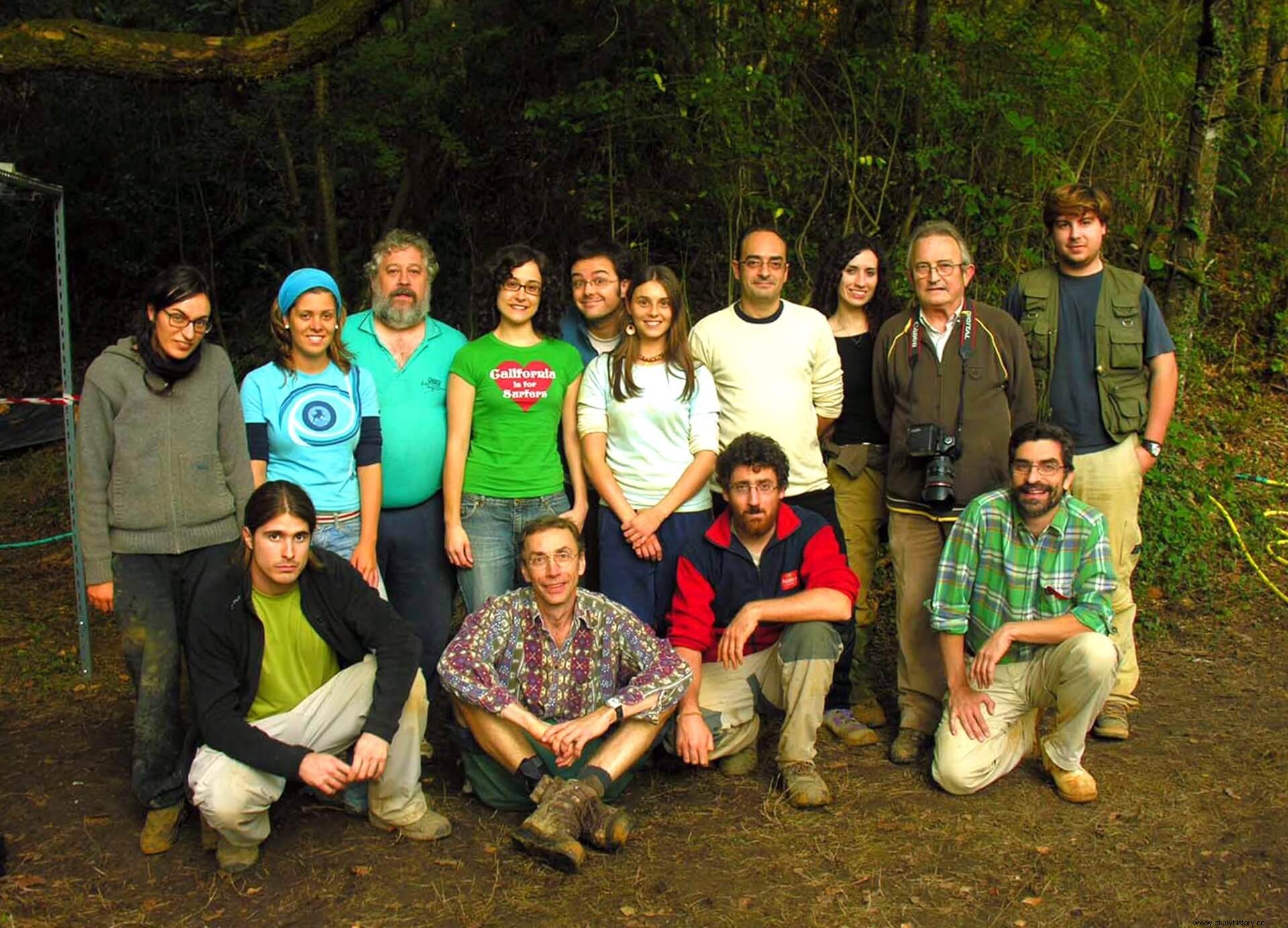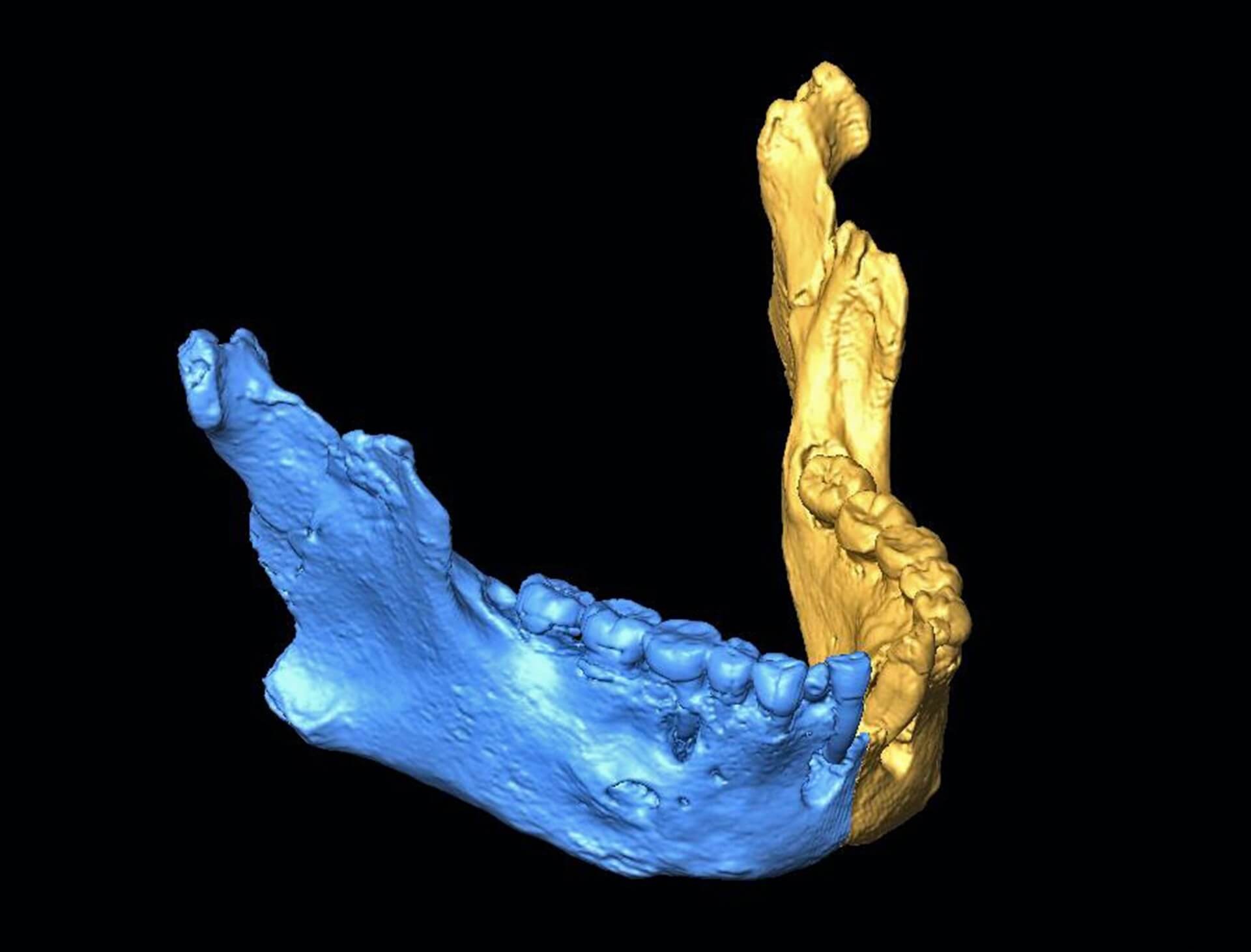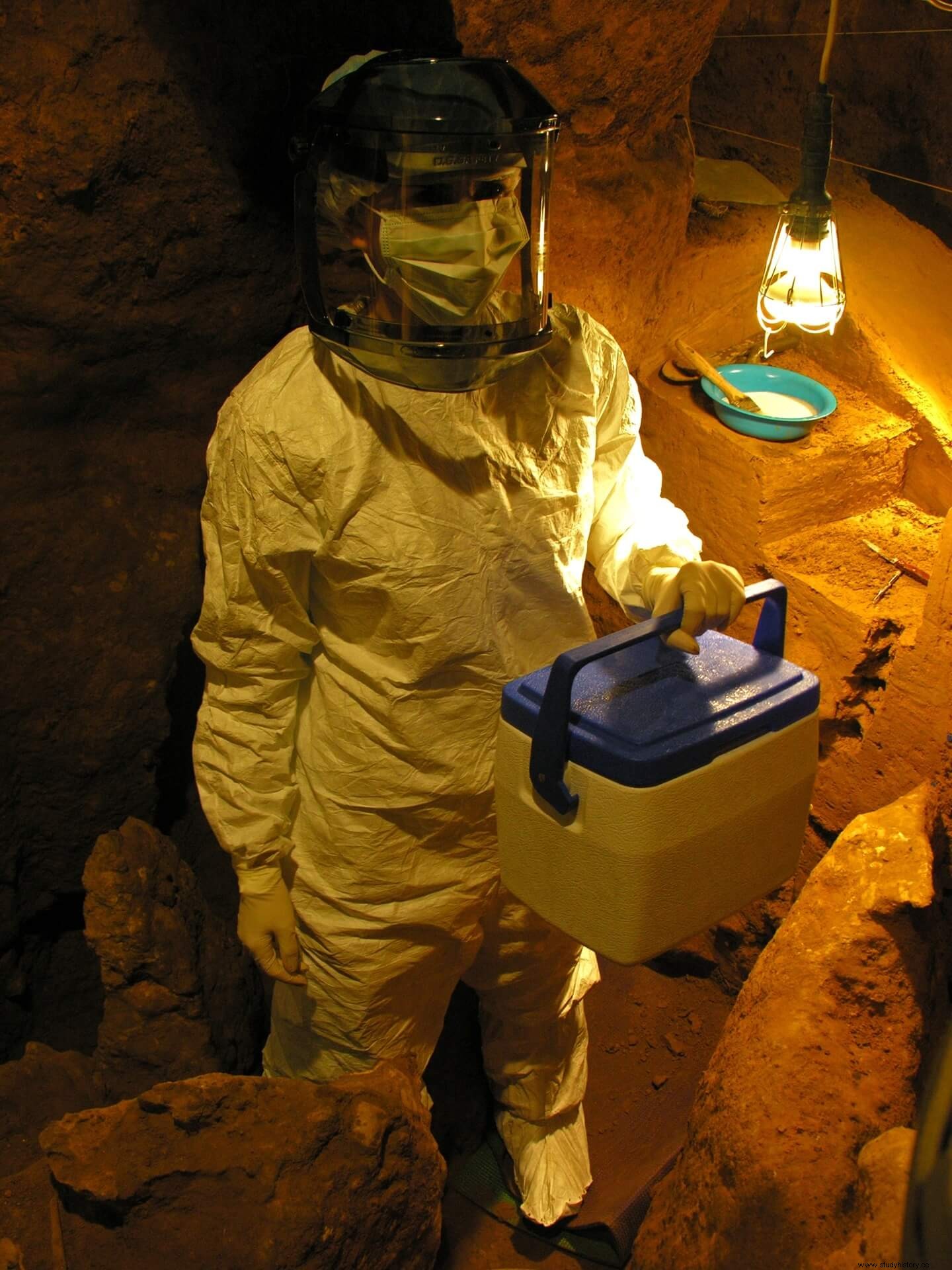
These numbers support the claim that this collection constitutes the sample of neanderthals largest in the Iberian Peninsula and allows for a research and dissemination program that covers the different levels of biological organization, from the anatomical and population to the molecular level.
After a long avatar and with the diagnosis of his Neanderthal identity established by Emiliano Aguirre and who writes, it was in 2001 when Javier Fortea and Marco de la Rasilla, from the University of Oviedo, began the systematic excavations of El Sidrón. In 2009 Professor Fortea died prematurely, de la Rasilla continued the field work until 2014, once the site had been exhausted after thirteen methodical excavation campaigns. The MNCN-CSIC paleoanthropology group took charge of paleobiological research in 2003, and has continued to the present, with funding first from the Principality of Asturias , the Government of Spain and more recently from the Palarq Foundation.

Over these years, the fossils of El Sidrón They have contributed to changing the image that society has traditionally had of Neanderthals. Today they are no longer seen as backward and primitive, but as a human species with whom we have shared a recent ancestor and many of us carry some of their genes on our chromosomes. Led by Carles Lalueza-Fox, from El Sidrón fossil DNA was extracted which first allowed the analysis of individual genes with adaptive value, such as FOXP2 or MC1R, and then contributed to the development of paleogenomics and the interspecies hybridization model prevailing in human evolution today.
Other aspects addressed by our team have revealed the structuring of their populations into small isolated groups among which female exogamy was practiced and where there was already a certain sexual division of labor and specialization of tasks within the group. Dietary diversity among Neanderthal groups of the different Eurasian ecosystems and self-medication through the consumption of the fungus Penicillium , as well as plants with medicinal value, are other aspects in which El Sidrón fossils They have contributed their grain of sand.

In line with the above, morphological studies have revealed regional differences between the populations of this extinct human species, in addition to helping to clarify the sequence of evolutionary changes in the Neanderthal body . Finally, the analysis of the frequencies of congenital malformations accumulated in the individuals of El Sidrón has revealed the important role of inbreeding in the extinction of this species.

